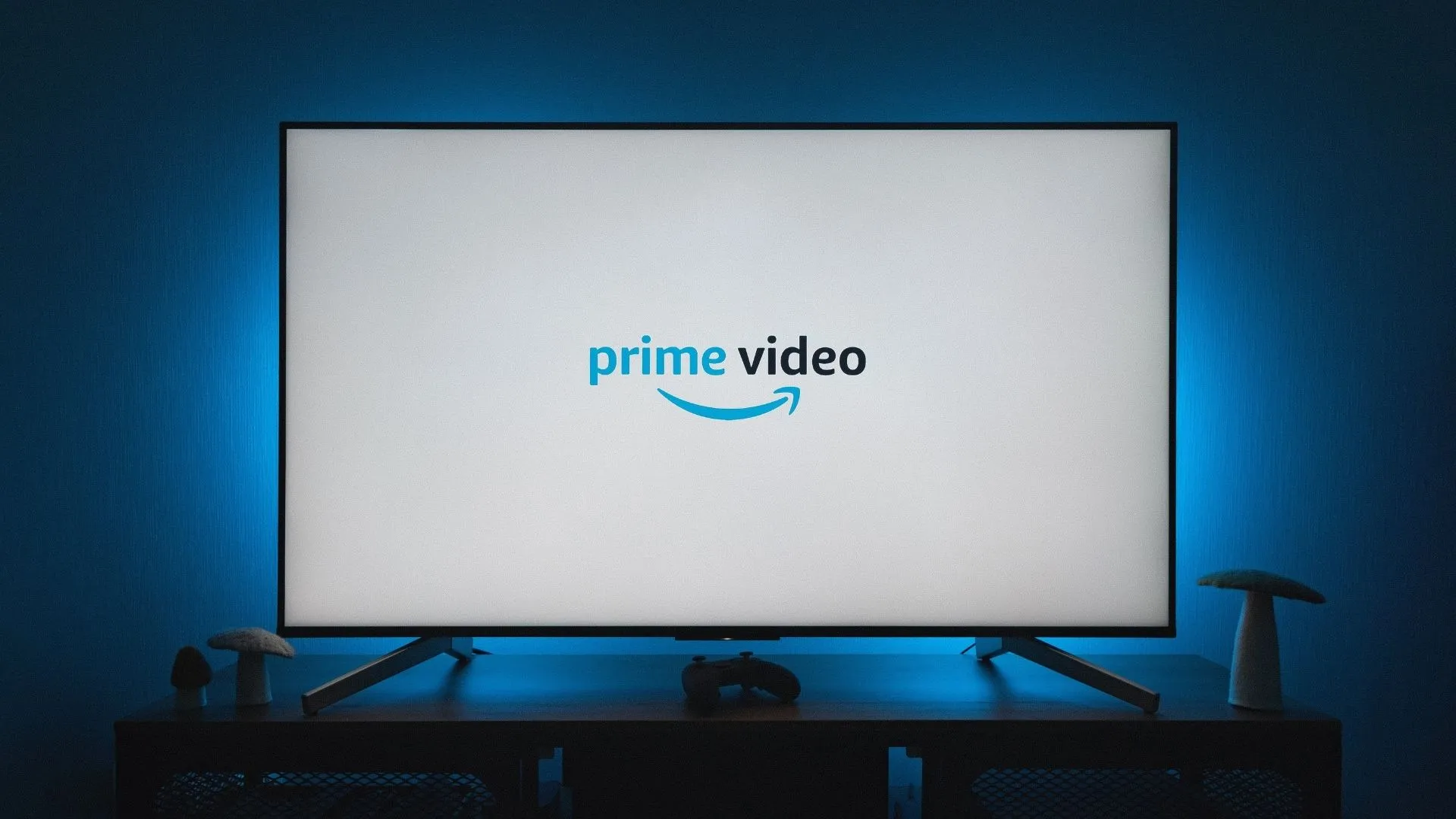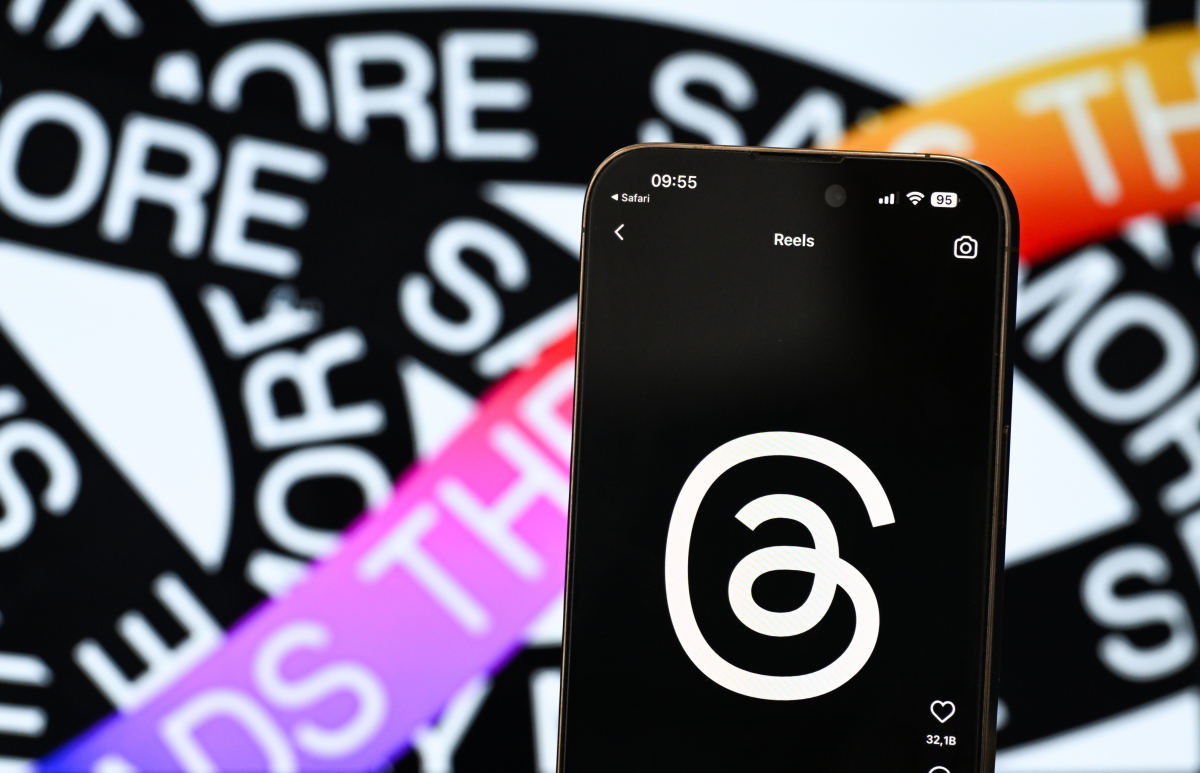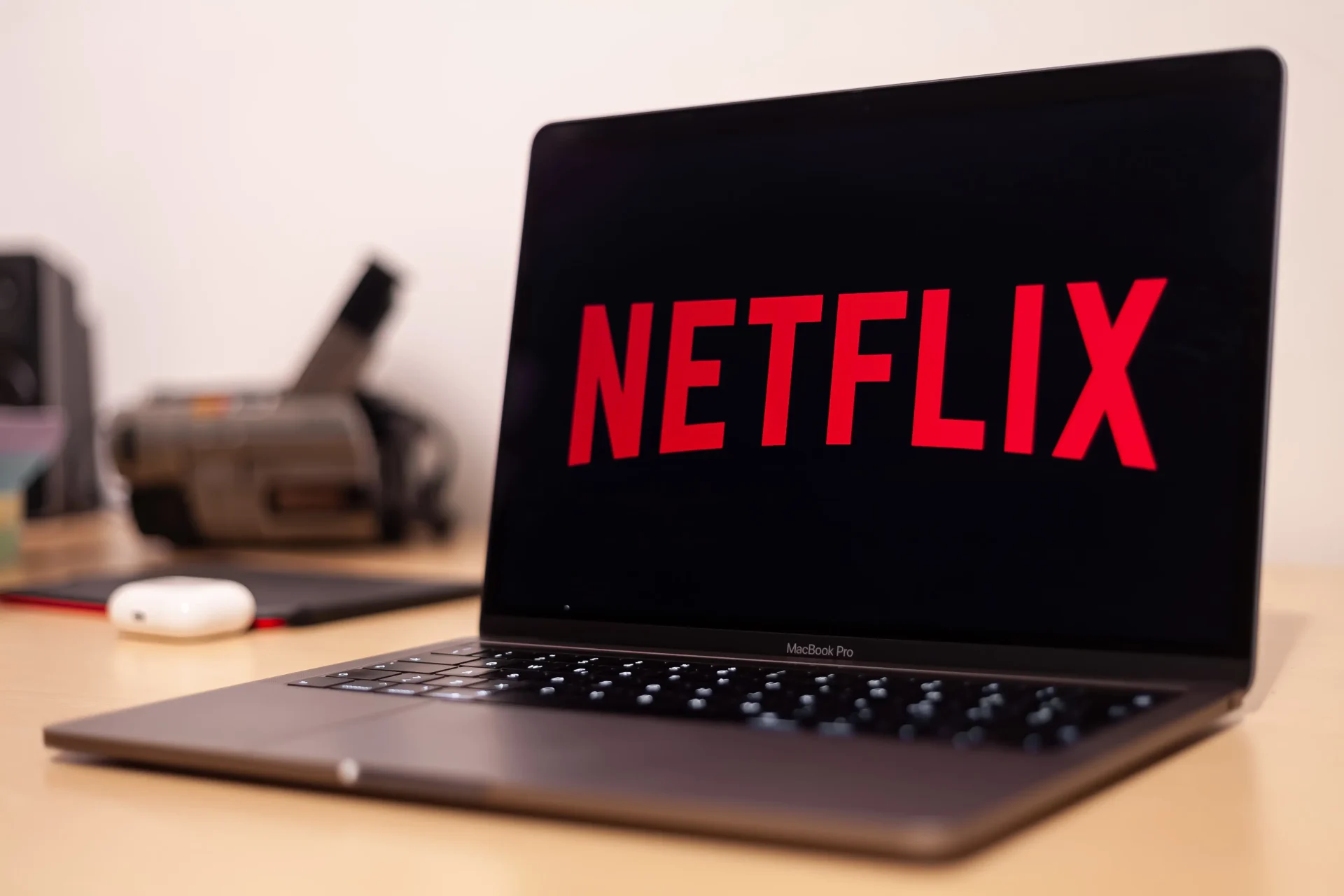
In a post-pandemic era, a lucrative streaming market continues to grow. It’s drawn the attention of corporate giants like Disney and Apple, keen to both corner the market and stimulate demand. Increasingly, Advertising-based Video on Demand (AVOD) appears to be the tool of choice.
Content remains king
A demand for content is fuelling the rapid improvements in tech and platforms available to consumers. There is no end to the number of players producing or curating content. Netflix, Prime Video, Apple TV+ & Disney+ may be the biggest, but there is a growing tail of providers, eager to lure consumers onto their proprietary platforms.
The cost of producing content is dramatically increasing, with shows costing £15m+ per episode not uncommon. Global market inflation is exacerbating this situation, as will the outcomes of the recent actors’ strike, where demands on streaming giants are to provide a ‘fairer split of profits.’
Providers look to drive revenue growth through base numbers, yet consumers are increasingly fickle. Concerned only about the latest trending show, they freely switch provider and binge series to evade costly subscriptions. 52% of UK consumers have access to at least one Subscription Video on Demand (SVOD) service; however, just 14% support three or more. Disposable income is a key factor, the cost of living crisis causing subscriptions to fall by two million in 2022.
This inflation puts significant pressure on production budgets, but if you can’t be king without content, providers share a sticky conundrum.
AVOD as the potential solution
Amazon, according to a recent news article, is poised to wade into the AVOD space, following both Netflix, who launched Q4 2022, and Disney+ (whose launch is imminent). Since 2019, Amazon’s Freevee service has touted an ad-funded model that is integrated with its Prime Video content. However, reports are that Prime members will soon be offered a lower-tier ad-funded subscription model.
A potential win for Amazon on many fronts, this would open Prime to a whole new audience. Freevee consumers would be encouraged to take up Amazon’s e-commerce offering at a new, low price point. Consumer loyalty would be up, with subscribers willing to retain Prime at competitive rates. The addition of ad revenue will also subsidize the creation of future content.
For advertisers, Amazon’s offering will be unique in that brands will take advantage of Amazon’s first-party e-commerce behavioural data. Bespoke targeting audiences will be constructed around shopper behaviour, and conversion could be linked directly to sales.
A saturated streaming market
AVOD uptake will not necessarily follow through to engagement. Open questions also remain about consumer perception of ads in their content, and inventory is limited. Netflix is all too aware of these headwinds, with reportedly only 200,000 UK subs on their ad-funded tier and stringent controls on ad inventory. However, Netflix remains confident and confirms plans are in place to stimulate growth in the coming months.
Audience fragmentation is something we’ve learned to navigate, yet walled gardens and the rise of SVOD create unwelcome obstacles. AVOD is forcing open cracks in the SVOD barrier, granting our brands access to an enticing ecosystem of premium content and engaged audiences.











Recent Comments